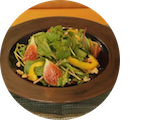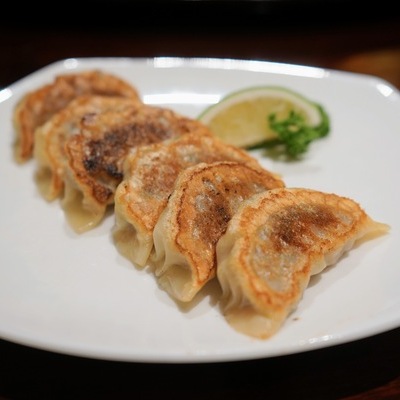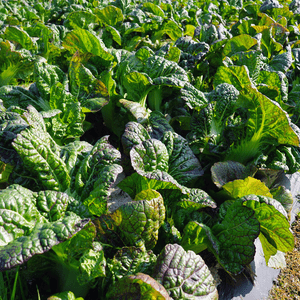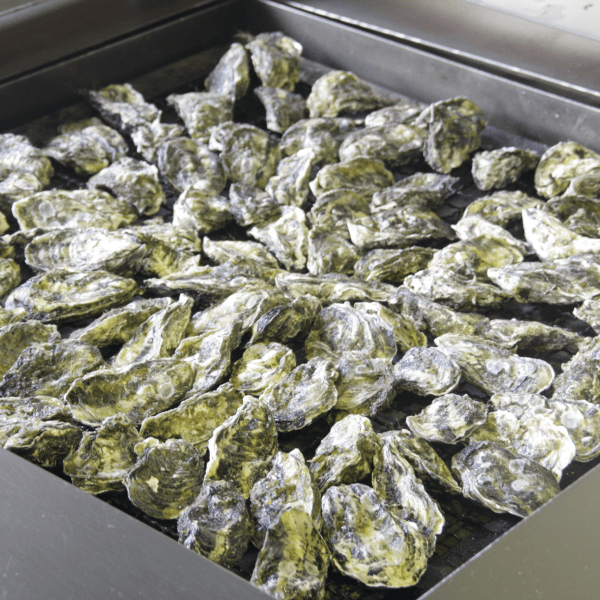LOVE Sanuki's report
The 69th Wasanbon sugar
One of the major projects of Yoshimoto, "A project to live in your town", to make Japan feel good from the area. Entertainer "Kaji Tsuyoshi" who lives in Kagawa reports on local products.
reporter

KAJI Tsuyoshi
NSC Osaka school 22nd grade
2005 Formed "Katsuyama Kaji" with Moody Katsuyama
2008 ABC Comedy Newcomer Grand Prix Newcomer Award
2010 Active as a pin entertainer
Birthplace: Mitoyo City, Kagawa Prefecture Born March 1981, 3
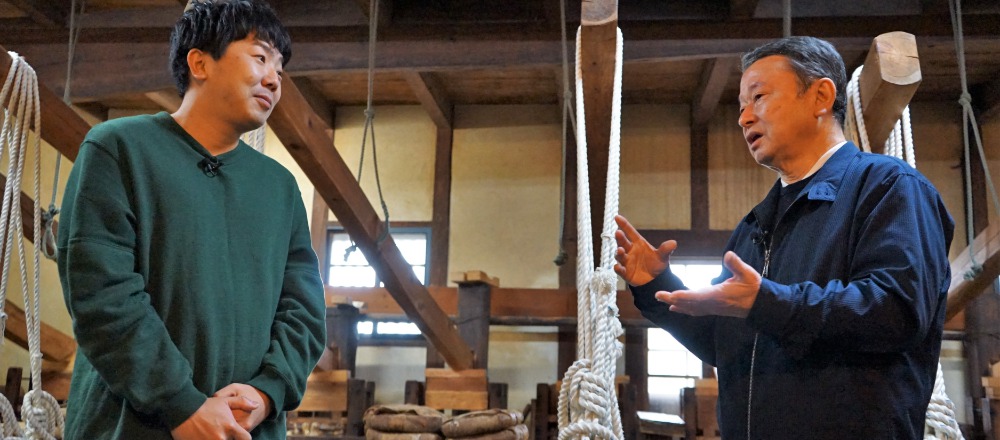
Wasanbon sugar is a traditional sugar that has been around since the Edo period.
The taste is produced by the "soil" in the eastern part of Kagawa Prefecture, the "research" of sugar production by our predecessors, and the "people" who keep the tradition.I came to Mitani Sugar Hane Sanuki Honpo in Higashikagawa City.
-
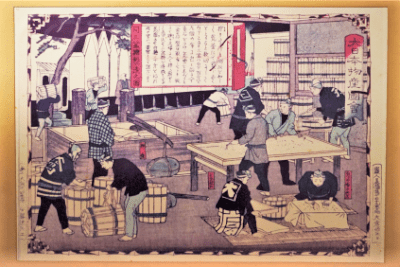
Wasanbon sugar research started in the Edo period by order of the 8th Shogun Tokugawa Yoshimune
Wasanbon sugar is produced only in a limited area in the eastern part of Kagawa Prefecture.
"In response to Yoshimune Tokugawa, the 8th general, encouraging the sugar industry in the middle of the Edo period, Yoritaka Matsudaira, the 5th lord of the Takamatsu domain, had a doctor, Genjo Ikeda, study sugar making. Is the beginning. "
Mr. Mitani of Mitani Sugar Hane Sanuki Honpo taught me. -
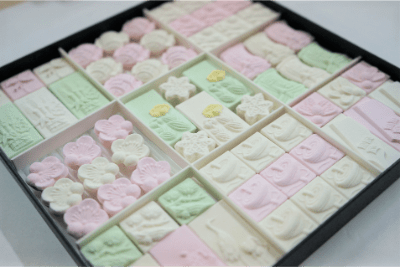
Since the Takamatsu domain was a Shinpan of the Tokugawa family, they were in a situation where they had to succeed in sugar production.
-
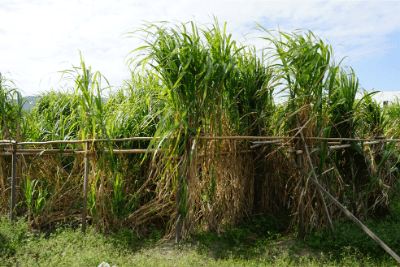
Sugar cane, which is the material of Wasanbon, is cultivated in the eastern part of Kagawa prefecture.
In the Edo period, brown sugar from Satsuma (Kagoshima) was the mainstream sugar.
At that time, there was no sweet thing, so the sweeter it was, and the stronger (harder) the crystals were, the more valuable it was.Sugarcane seedlings were introduced from the Satsuma domain, but the Takamatsu domain, which has different soils and climates, produced only soft brown sugar with soft sweetness and soft crystals, and was not for sale. -
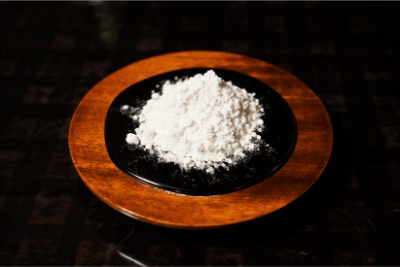
It was Genjo Ikeda and his disciples who researched how to make the brown sugar sellable.
After research, we succeeded in removing molasses from brown sugar and fermenting it to produce white sugar.
“The seedlings that came from Kagoshima did not grow into the original sugar cane, but they were reborn in a way that suits the climate of Kagawa,” says Kaji. -
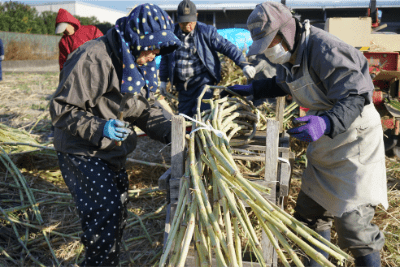
Sugar cane harvest in December
Sugar cane has an image of summer, but the harvest is harvested before the frost in December.
The sugar cane, which grows large in the summer, is managed so that the fertilizer is removed from autumn onwards, and matures in the winter.By letting it mature, more delicious Wasanbon sugar can be produced. -
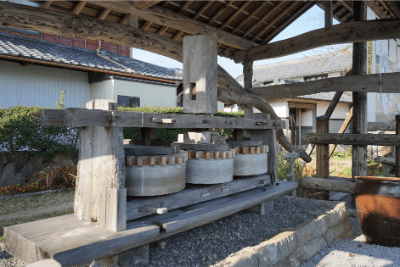
Harvested sugar cane is ground twice with a "squeeze wheel" to remove the squeezed juice.
If you squeeze it too much, the outer skin will have a miscellaneous taste and the taste will be lost, so I try to keep the juice on the sugar cane.
“I feel like it's a waste because there is juice left in the sugar cane,” says Kaji.
"Given the yield, I can't make delicious food."
Mr. Mitani told me that the old-fashioned manufacturing method starts with how to squeeze sugar cane. -
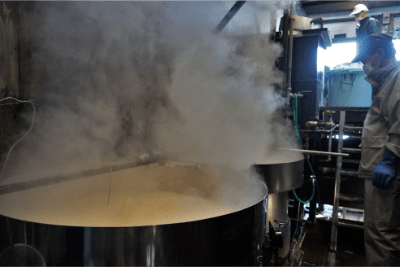
Making white sugar whose taste depends on the removal of lye
The squeezed sugar cane juice is boiled down in a kettle.When the lye comes up after boiling, remove the lye with a "sieve".
-
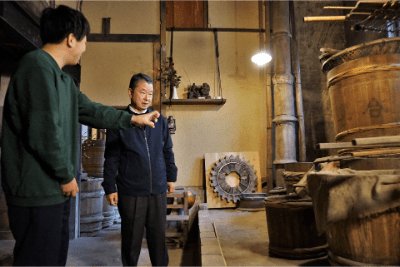
It is important to remove the scum, which leads to the “good aftertaste that does not remain in the mouth” of wasanbon sugar.
Although the lye is removed, the umami between the lye and the sugar juice gives a deeper taste, so return it to the sugar juice. -
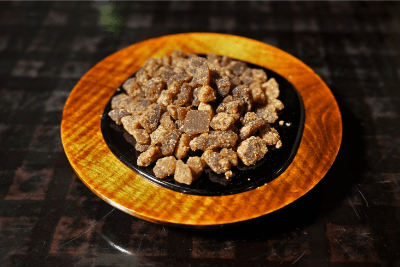
Shiroshita sugar is crystallized by putting boiled juice in a unglazed turtle.
Kaji was enthusiastically learning, "How much you can get the lye is the craftsman's skill." -
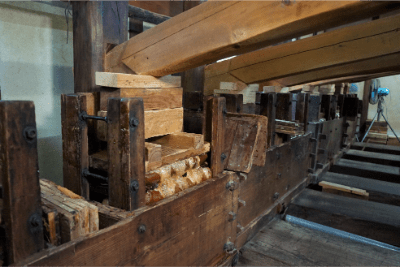
Finished with Wasanbon sugar through nectar and fermentation
Next is the work of "divasses" to remove molasses from white sugar.
Wrap the white sugar in two pieces of cloth, hemp and cotton, put it in a "push boat", and remove the molasses with the weight of the stone.
Kaji was surprised at the size of the stone on the push boat, "How many kilograms of this stone do you have to squeeze?"
Each stone weighs about 1 kg, and we will increase it to 50 or 4 while checking the amount of molasses. -
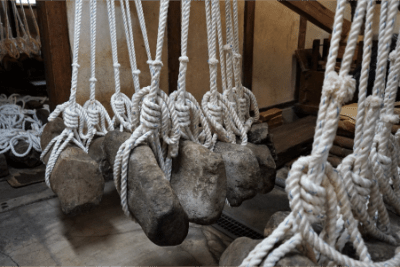
After thoroughly removing the molasses over a day and night, take out the white sugar and grind it on a table.
“Wasanbon sugar crystals are distorted and collect honey.
Repeat the process of removing molasses and sharpening 5 times. -
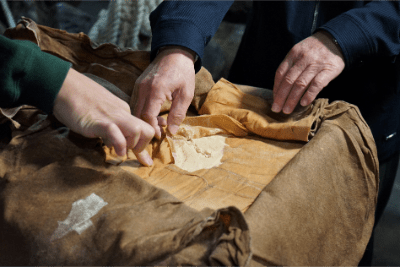
After repeating 5 times, it is fermented by the power of yeast that settled in this brewery.
“At the end, it smells like wine,” says Mitani.When dried, the wine-like aroma evaporates and the umami of Wasanbon sugar is born. -
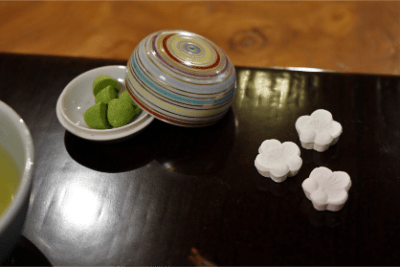
One generation researches the deliciousness of Wasanbon sugar
"It's beautiful. The appeal of wasanbon sugar is that it looks cute. It's a waste to eat."
Mr. Kaji's face smiles when he sees the wasanbon sugar, which is a seasonal flower.I received one. “It has a gentle sweetness that melts in your mouth.
“Wasanbon sugar goes well not only with matcha sweets, but also with coffee and tea,” says Mitani.It is said that when used in dishes such as simmered dishes and jams, it brings out the flavor of the ingredients. -
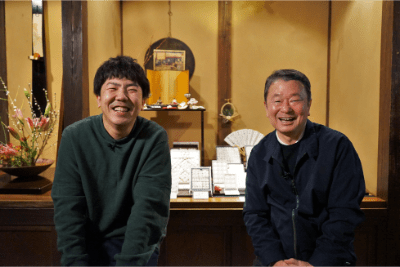
The method of making wasanbon sugar was established in the Edo period, but people's tastes change with the times.
"If you make the same thing, it's said that the taste has diminished. You can say that the taste will not change forever if each generation devises to make something more delicious."
Preserving what needs to be preserved, and renewing what needs to be renewed.
Kaji convinced me, "I'm devising every day to be told that it's the same deliciousness."
With sugar cane cultivated in the eastern part of Kagawa Prefecture, the wisdom of our predecessors, the old-fashioned method of making, and Mr. Mitani who inherits it, you can enjoy delicious Wasanbon even today.
Kaji was impressed by the miracle story of Wasanbon.
















 Olive products from Kagawa Prefecture
Olive products from Kagawa Prefecture




 Stores handling olive-related products
Stores handling olive-related products


